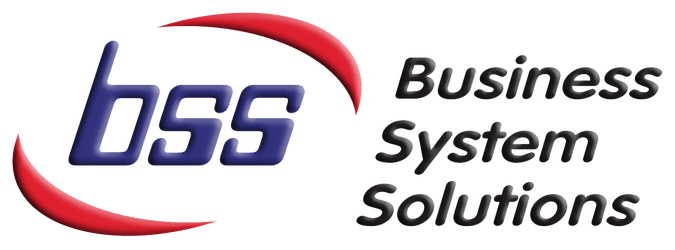
A lot can go wrong when you own a small business. Inconsistent staffing, financial struggles, high demands on your time, cybersecurity issues, and technology troubles are just some of the problems that can affect your day-to-day operations. Keeping on top of that is stressful, but there are some things you can do to improve your business's sustainability and to make things easier on yourself.
What does it mean to have a sustainable business?
One common understanding of sustainability is going green, or the idea that companies should be conscious of resource utilization. However, there is a second type that focuses on internal organization and management. The goal of this type of sustainability is to stop the scramble. Sustainability means you have solid processes that are consistent and easily understood, which enables your business operations to run more smoothly. When you hire new people, there is a consistent onboarding process that covers all the bases. Cybersecurity measures should be documented, consistent, and proactive. Ultimately, a sustainable organization communicates effectively and implements simple, consistent processes. Future growth potential and scalability must also be considered. So, rather than constantly struggling to keep up with changes within your company and industry, you have a proven and dependable process that takes care of the basics. You can then focus on leading your company (and not reinventing your hiring process for the twelfth time).
How can you create sustainability in your business?
Invest in your people
- Create consistent training processes for new hires that can be followed easily and without oversight. This will save time and headache for every new employee going forward, and if there is a written procedure, you can delegate some tasks to others. Because they have detailed, clear instructions, they can carry out the onboarding tasks without confusion or difficulty.
- Provide thorough training periodically for employees, and check in periodically with refreshers or updates. 95% of cybersecurity incidents can be traced back to insufficient employee training, so effective training is important both for your daily operations and for security maintenance.
- Provide support for your employees. Reduce turnover and increase employee satisfaction by creating clear goals and expectations. Let them know when their work meets or exceeds expectations, and be open to feedback for effective problem solving.
Streamline your processes and technologies
- With an MSP, you can automate your technology processes and address vulnerabilities proactively. This simplifies things for you and frees up your time to focus on building your business. It also prevents frequent downtime for dealing with tech emergencies or IT problems.
- An MSP provides virtual CIO services and can help you manage your infrastructure. MSPs help make IT costs more predictable as we can help you to estimate when you will need to upgrade or replace things (before they break, so you are proactively making budgeted improvements rather than reactive and potentially expensive quick-fixes).
- Upgrade legacy hardware. Old hardware is more likely to malfunction, and it may no longer be supported, which increases your risk of a security breach.
- Move infrastructure to the cloud. This enables your business to scale more easily and cheaply as it grows.
Want to see more? Click here to download our infographic, or fill out our contact form to find out how an MSP can help you with sustaining a healthy and thriving business.




